The Organization of Petroleum Exporting Countries (OPEC) group and its allies have hit a low production point in two years. Kazakhstan and Nigeria balanced out gains in Iran and Iraq, leading to a drop of nearly 1 million barrels per day (mbpd) in OPEC+ output from one month to the next.
“OPEC’s 13 members pumped 27.34 mbpd, and Russia along with eight other pals added 13.06 mbpd, making it a total of 40.40 mbpd, the investigation found. That was the group’s lowest since August 2021, when significant reductions made during the pandemic were still being undone,” the report shared.
With the world economy a bit shaky, the OPEC+ team is using a strategy of strong supply control to help struggling oil prices. Some members declared 1.2 mbpd in combined cuts from May to the end of the year. Saudi Arabia also added an extra 1 mbpd reduction for July, which is now extended until September.
“Saudi Arabia cut its production to 9.05 mbpd – the lowest since June 2021,” the report mentioned. “The drop wasn’t as sharp as their promised cut, with production falling 940,000 bpd compared to June levels.”
Nigeria experienced a 100,000 bpd fall to 1.32 mbpd due to an issue at Forcados mid-month, leading to a big drop in exports. Shell Petroleum Development Company stopped loadings of Nigeria’s Forcados crude oil due to a possible leak at the export terminal.
To counter the Saudi cut, there were some increases in output from Iran and Venezuela, both facing sanctions. Iranian production reached its highest point since December 2018 at 2.76 mbpd, while Venezuela’s was its highest since February 2019 at 810,000 bpd, according to the report.
These increases possibly show that the US is easing up on sanctions enforcement as it puts more pressure on Russia due to its involvement in Ukraine. Venezuela is also doing better due to looser US sanctions, with diluent imports aiding its heavy oil production.
The Platts study by S&P Global Commodity Insights mentioned that Russian production stayed the same at 9.42 mbpd, as it kept shifting its flows towards the east because of an EU embargo and the G7 price limit.
Despite being higher than expected at the start of the war, Russia is now planning to cut its crude exports by 500,000 bpd in August and 300,000 bpd in September to boost prices.
Despite the planned reductions, Russia and a few others are struggling to meet their production targets. In July, the total deficit in quotas was 1.1 mbpd, with a compliance rate of 115 percent, as per the study.
During the latest meeting of the OPEC+ Joint Ministerial Monitoring Committee on August 4, it was decided to keep quotas in place to support prices. Many experts predict increased demand in the second half of 2023, combined with the OPEC+ cuts, which will tighten the oil market.
The next JMMC meeting is scheduled for October 4, with a full ministerial meeting set for November 26. However, the group might meet earlier if market conditions require more actions. OPEC members Iran, Libya, and Venezuela are excluded from quotas.
Platts’ investigation data measures production at the source and is gathered from industry insiders, traders, and experts, along with studying private shipping, satellite, and inventory information.
“But since lower exports can be balanced by higher local demand or storage moves, it wasn’t clear how this declaration would affect Russia’s production in those months,” the study stated.
